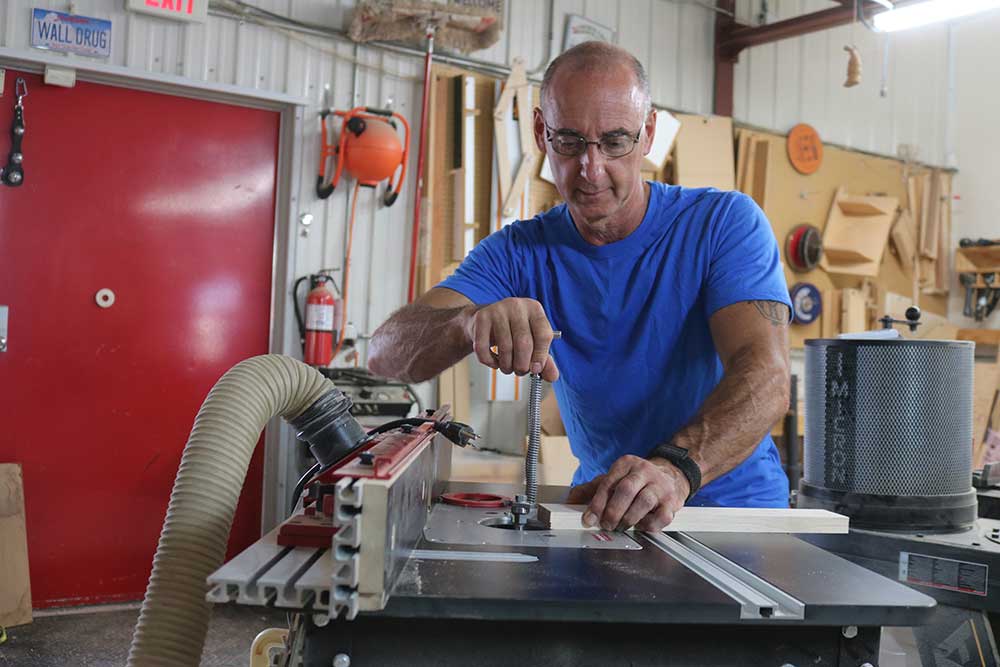
Build a Modular Craft Table
George Vondriska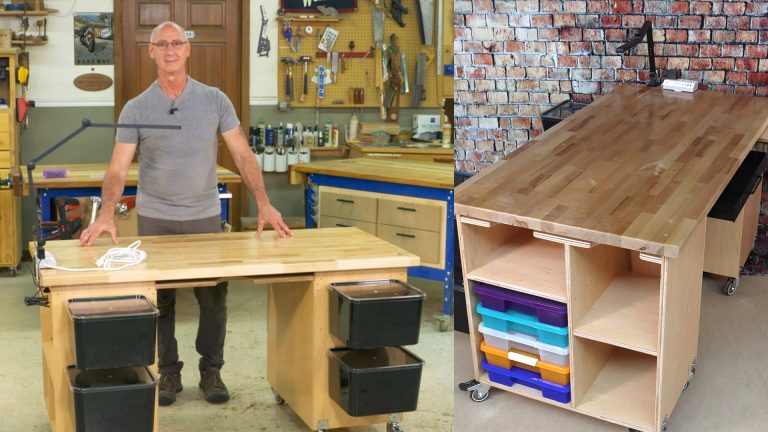
- In-depth Instruction; over 70 mins
- On-demand video access anytime
- Bonus downloadable PDF resources
- Access to class Q&A



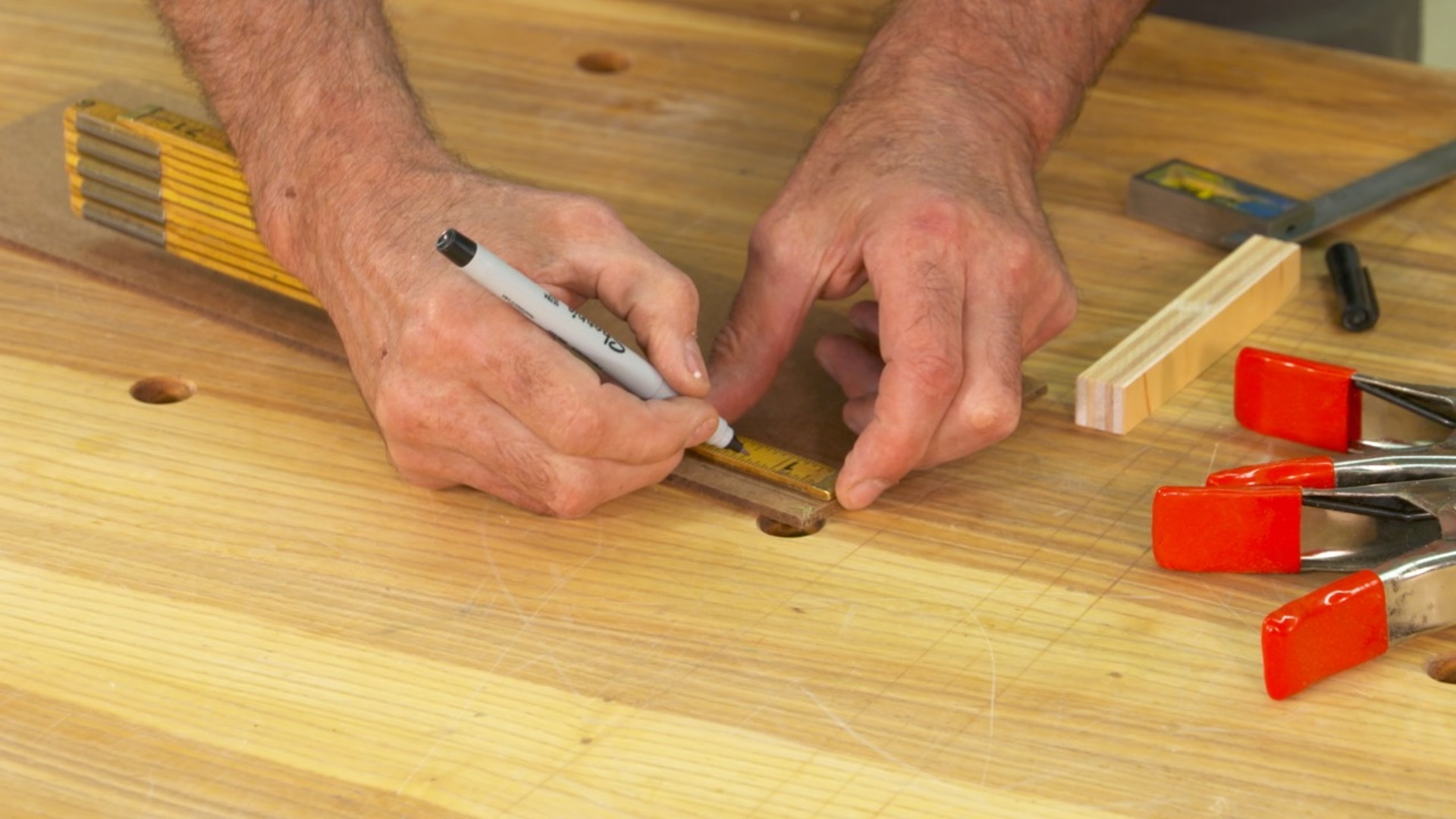
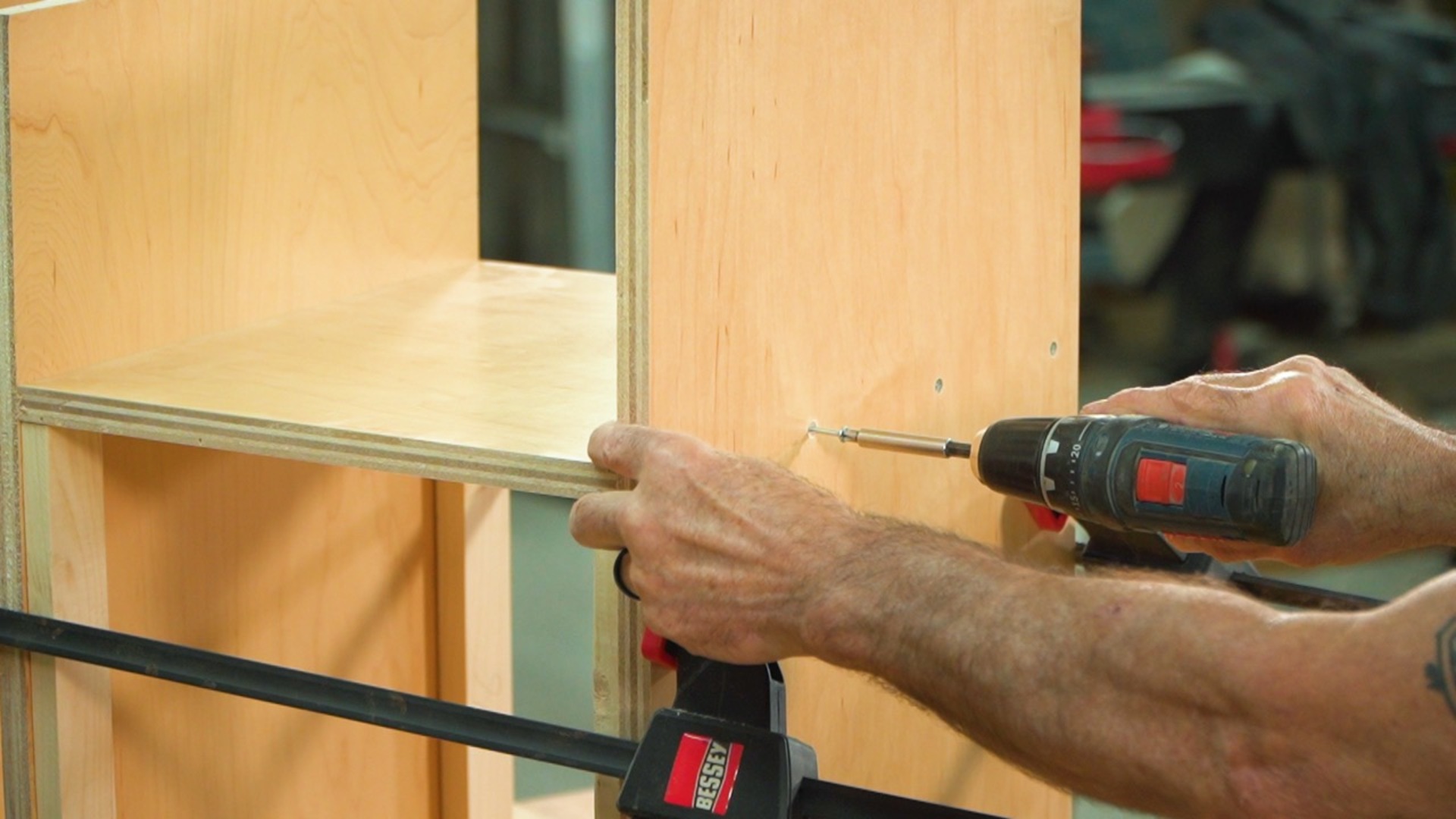
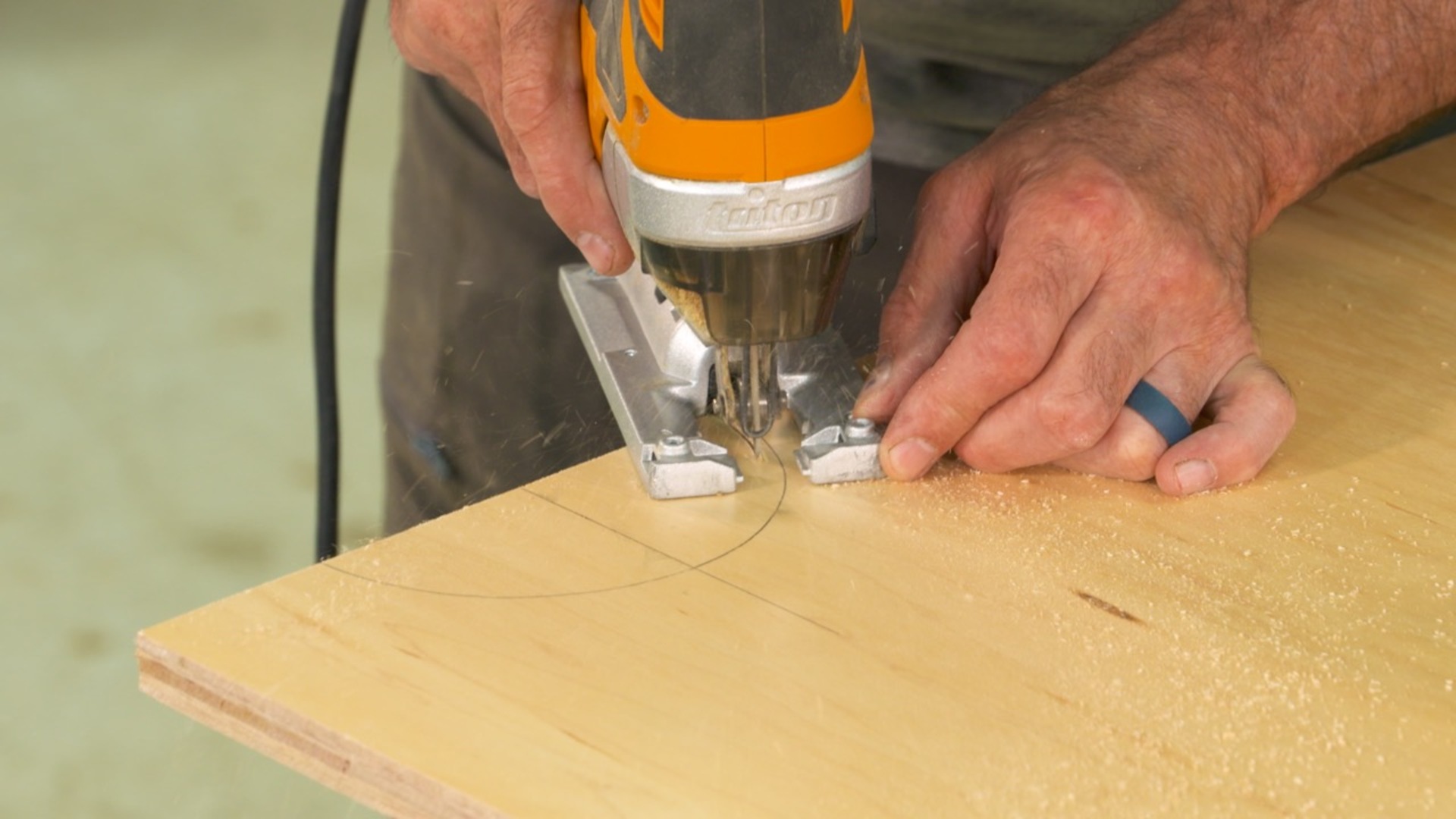
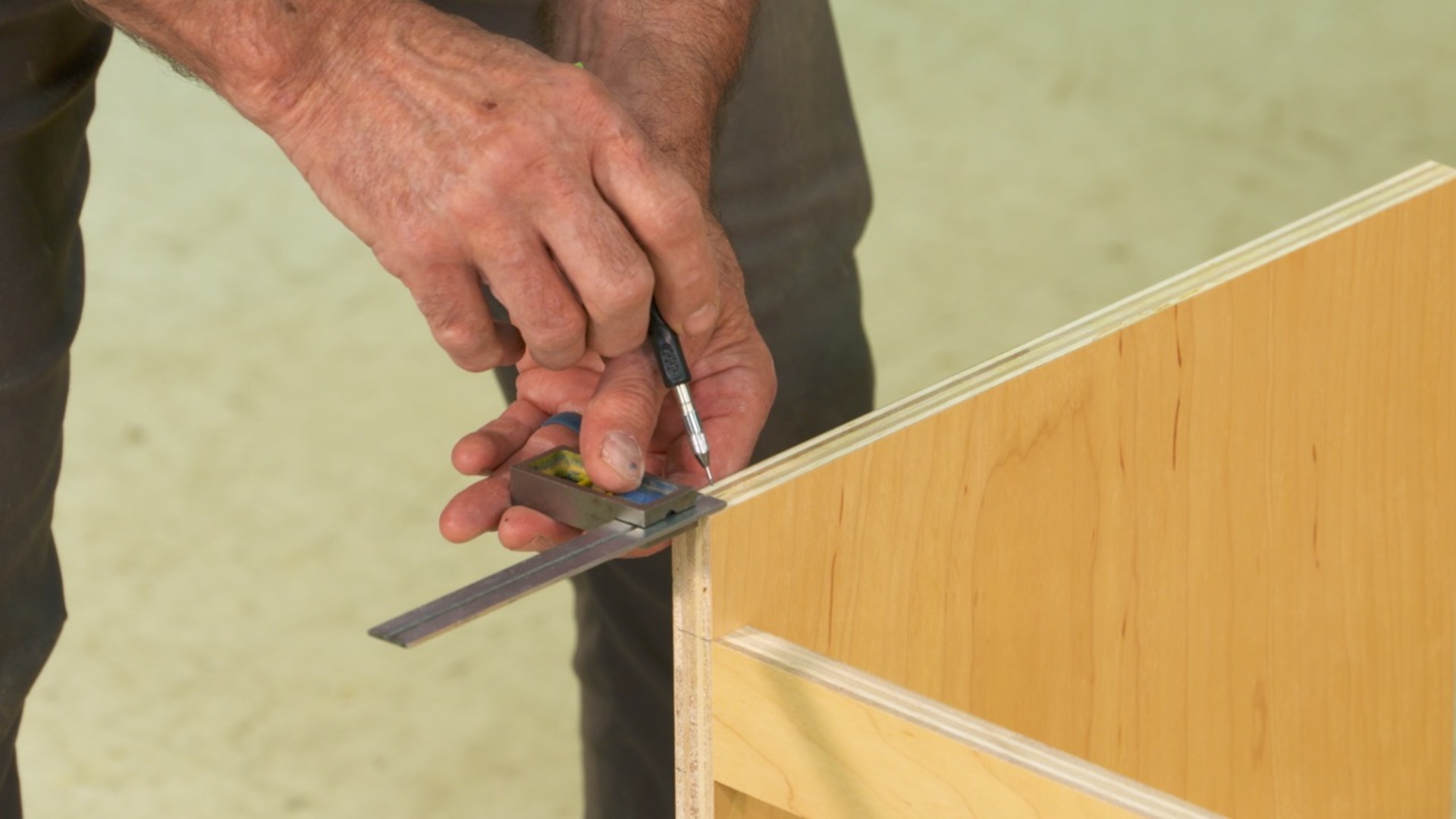
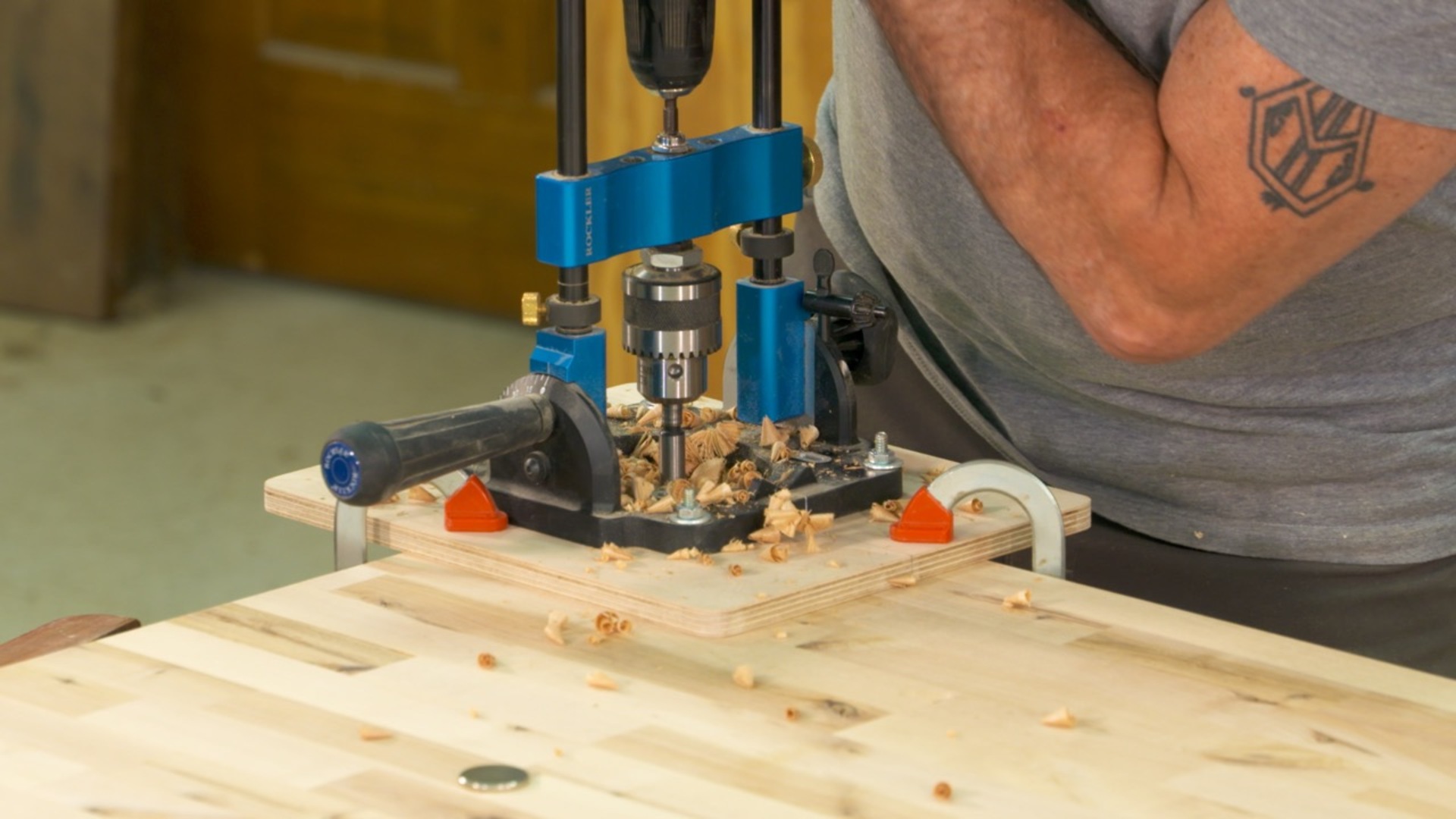
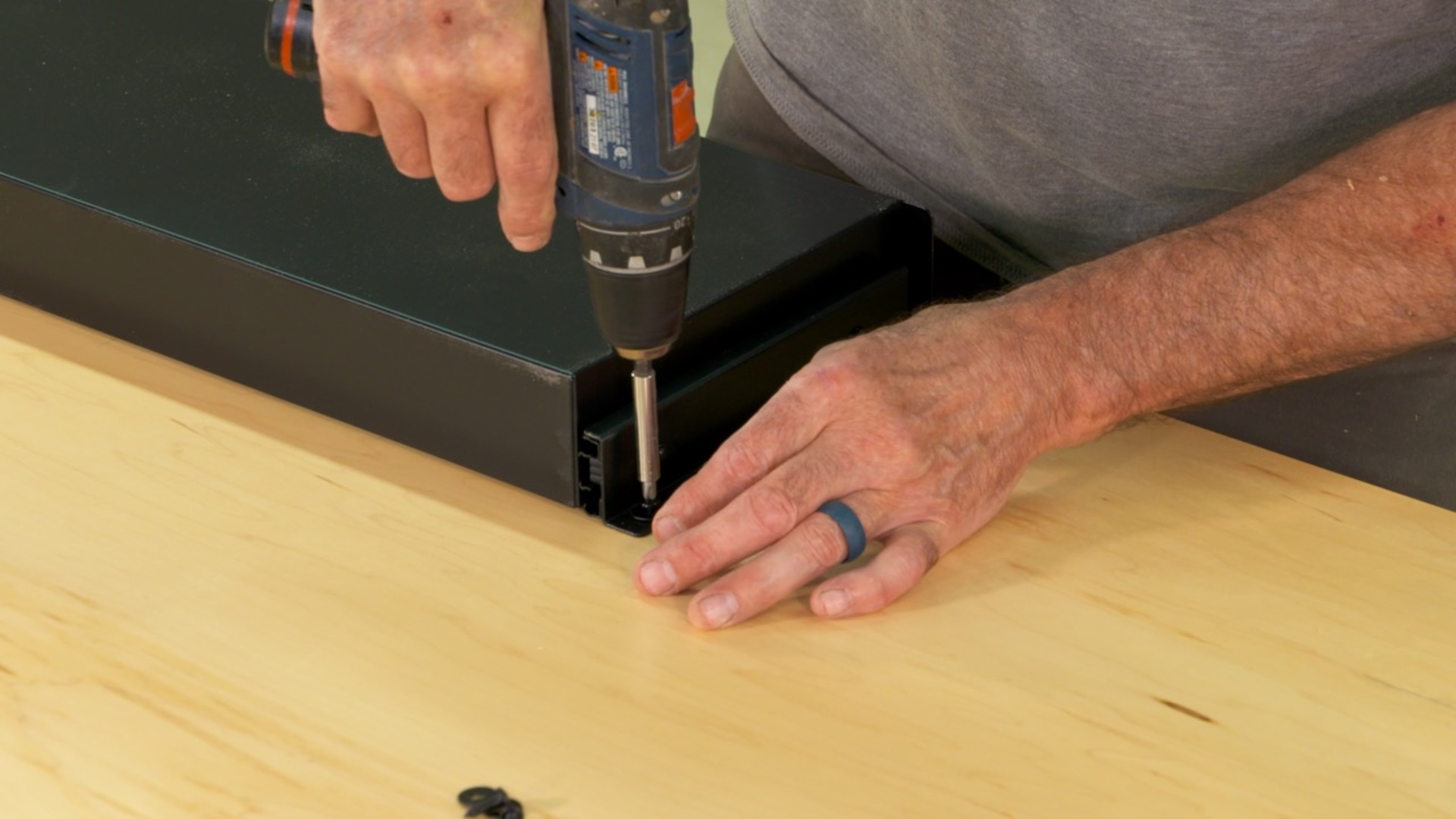
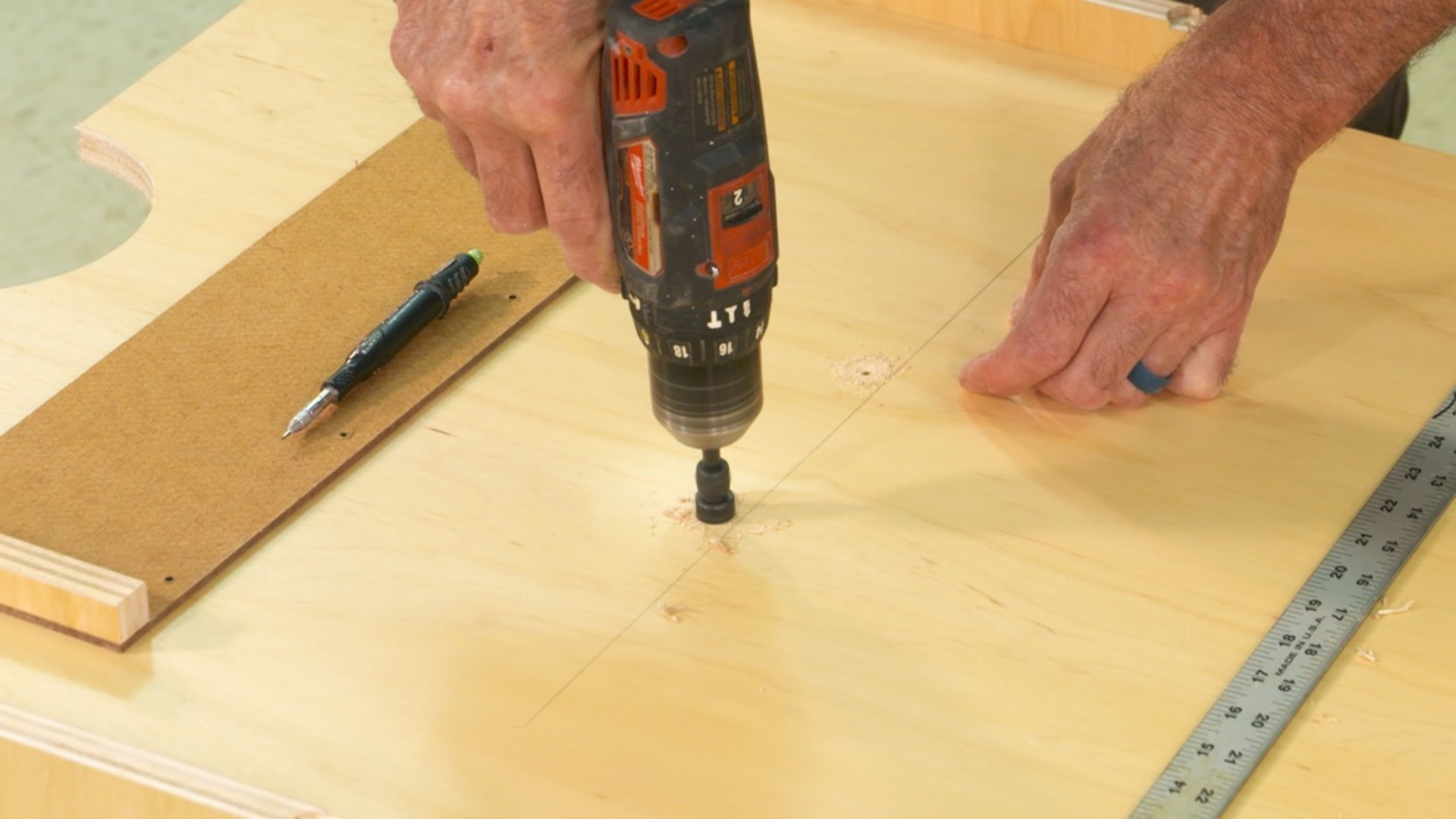

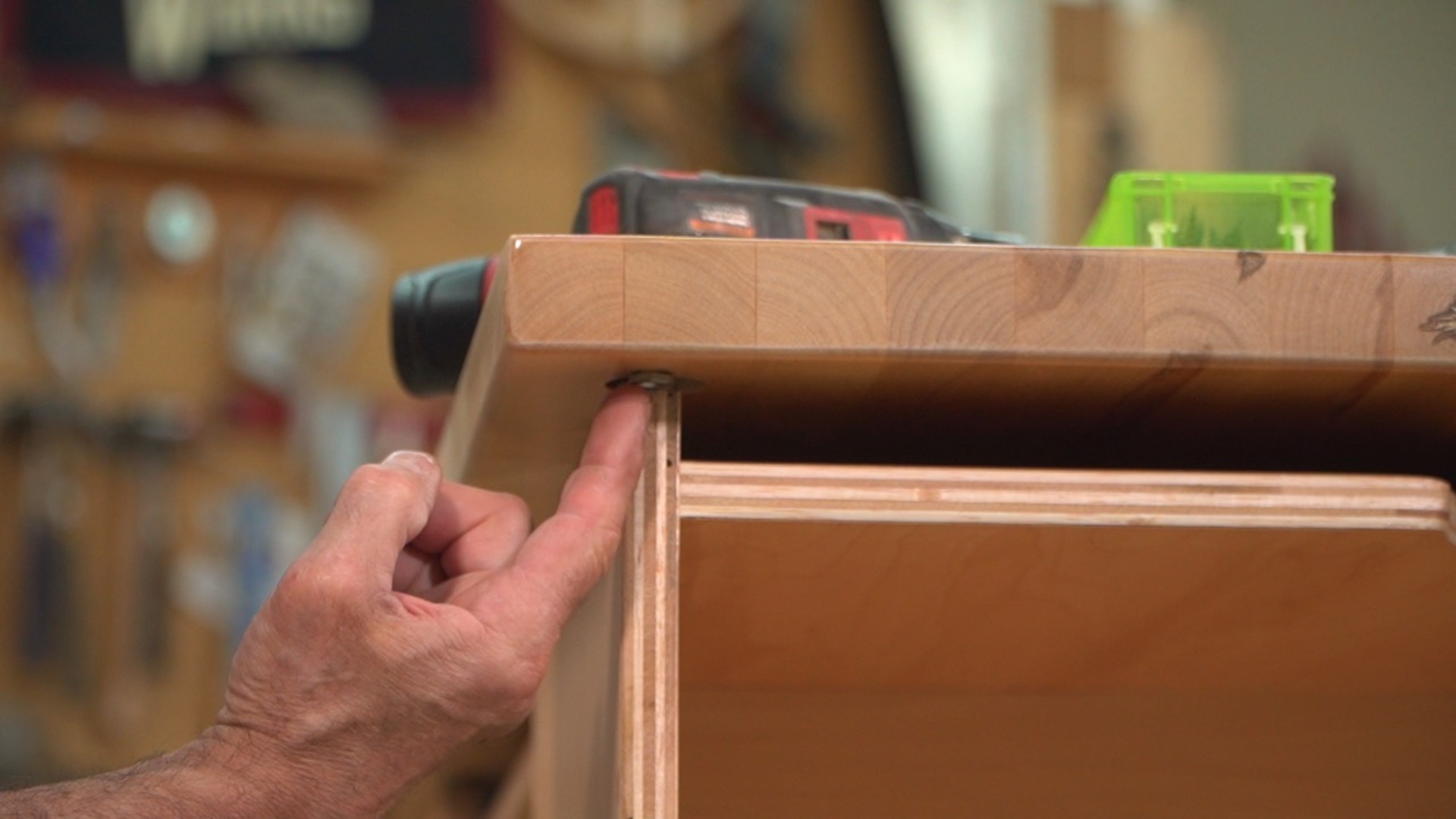
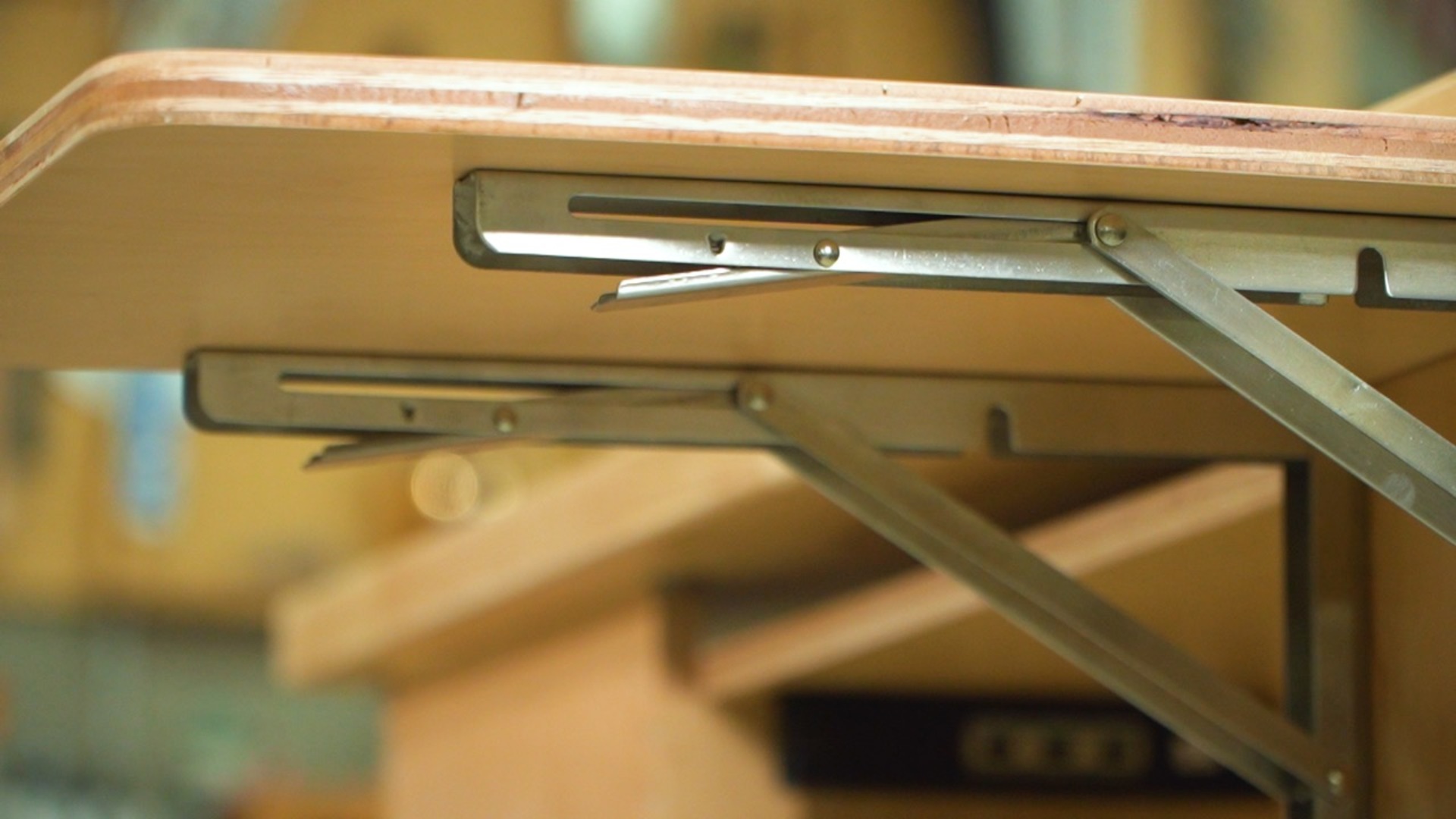
I talked to a lot of people about their vision for the Ultimate Craft Table. Many of those ideas are incorporated into this project and that helps make this craft table universal, regardless of your hobby.
Construction of the base cabinets is very simple. The joinery is simply butt joints screwed together. That makes it easy to build the cabinets and makes it easy to change the design and cubby sizes if you want to. You’ll learn great tips about using spacers to make assembling the case very accurate and very simple.
The top of my craft table is a butcher block countertop from a home center, but you certainly could make your own top.
The table built in the class is desk height and that works great for sewing or other crafts you do while sitting. If you’d like your craft table to be taller, no problem, I’ll give you ideas about how to do that.
The craft table is large, 30” x 60”, but is completely modular. It’s easy to break it down to the shelf, base cabinets and top so you can move it wherever you want it, even up and down stairs, and reassemble it.
A huge aspect of this table is providing A LOT of storage. There’s a large cubby that’ll hold a sewing machine, smaller cubbies for smaller items, and a huge shelf that’s big enough to hold a 24” x 36” cutting mat. A place for everything…
George Vondriska
Formally trained in technology education, George Vondriska has been teaching woodworking since 1986. He has been the managing editor of Woodworkers Guild of America since 2007. In addition to classes at his own Vondriska Woodworks School, George teaches at woodworking shows across the country and has taught woodworking for the Peace Corps, Andersen Window, Northwest Airlines and the Pentagon.

Bonus materials available after purchase
